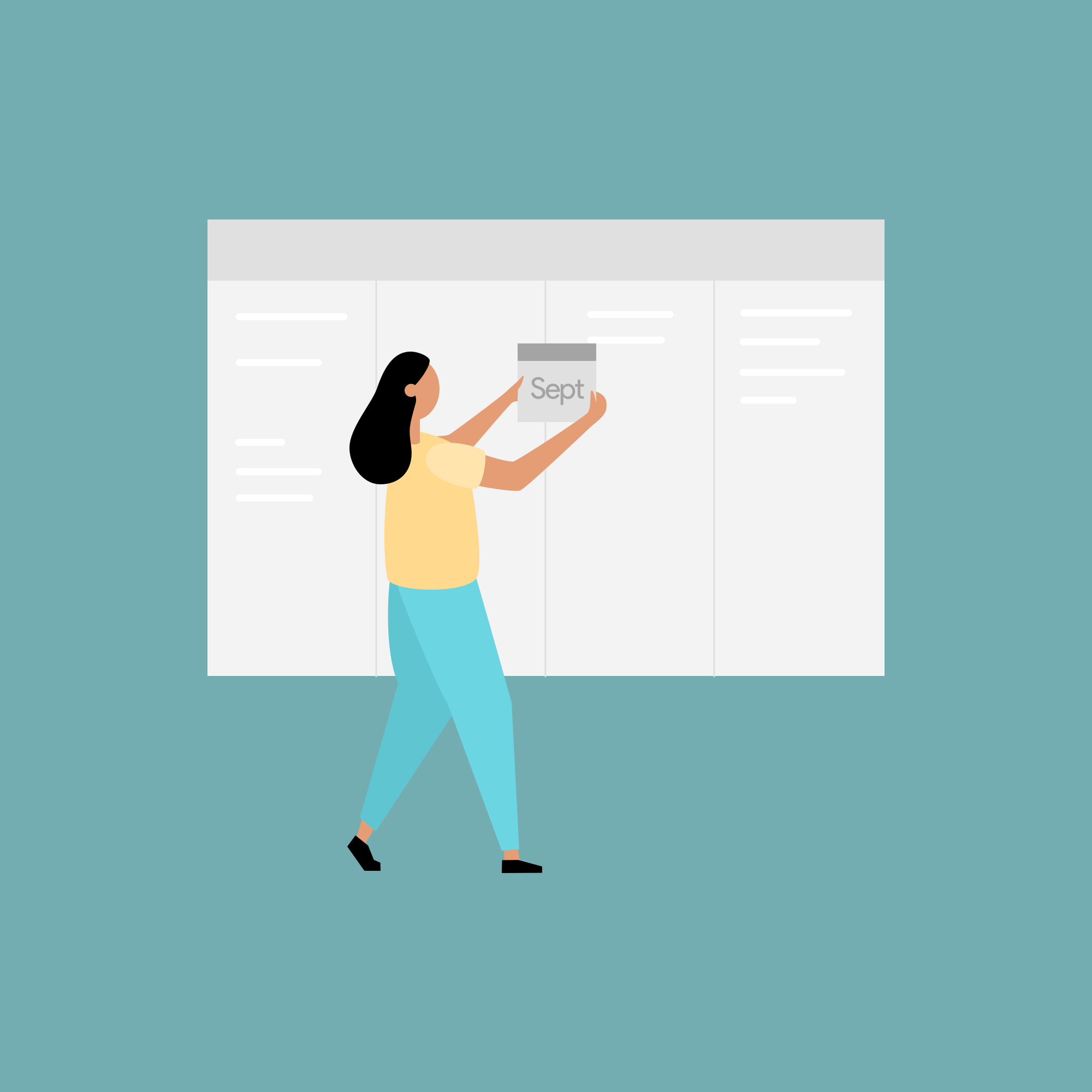Making Bath digitally accessible
New regulations mean the University has a legal duty to make sure our websites and mobile apps meet accessibility requirements
On 23 September 2018, The Public Sector Bodies (Websites and Mobile Applications) (No. 2) Accessibility Regulations 2018 1 became law.
This new law requires universities, including ours, to make their websites, mobile applications and digital resources accessible for people with disabilities.
This means that we need to make sure our digital resources can be used by as many people as possible, including those with impaired vision, motor difficulties, cognitive impairments or learning difficulties and deafness or impaired hearing.
A significant portion of our University community have disabilities, making Bath digitally accessible means that these colleagues, students and others who access our resources will be able to live, learn and research independently.
From September 2020
From this September, if you create or edit teaching materials, research outputs or marketing content, you'll need to make sure they're accessible. If you run an online service, you'll need to make sure it meets web accessibility standards 2. This means people who have a disability will be able to access your information.

Make a few simple changes
By making a few simple changes to how you create content, everyone will be able to access your words, making it easier to share ideas, and inspire our diverse community of minds at Bath.
Create accessible teaching materials
Microsoft Office documents
If you use Microsoft Office, you already have the tools you need to make your content accessible. Microsoft Office Outlook, Word, Excel, PowerPoint and OneNote include an Accessibility Checker 3 which will guide you through the process of making sure assistive technologies like screen readers can read your content out loud in the correct order.
Microsoft Office accessibility training
Audio and video content
If you use Microsoft Teams for teaching the app will automatically transcribe what you say in real-time. For other types of audio and video content, you may need to add subtitles manually.

Online services
If you run an online service, you'll need to make sure it achieves W3C WAI WCAG 2.1 AA compliance. This is what that means:
It must be perceivable
People consume content in different ways. To make sure they can understand audio or video content, you may need to add captions, publish a transcript or provide an alternative format.
It must be operable
People interact with websites in different ways. To make sure they can do this you'll need to make sure they can use your site without a mouse.
It must be understandable
People must be able to understand a website or mobile app’s content. To do this you'll need to write in plain English 4 and structure information in a logical order.
It must be robust
Assistive devices like screen readers must be able to parse the website or mobile app.
- https://www.legislation.gov.uk/uksi/2018/852/contents/made
- All University digital products and services must achieve World Wide Web Consortium (W3C) Web Accessibility Initiative (WAI) Web Content Accessibility Guidelines (WCAG) 2.1 AA compliance
- Microsoft Office Accessibility Checker is available for Windows and Mac OS
- Academic writing for example research outputs are exempt